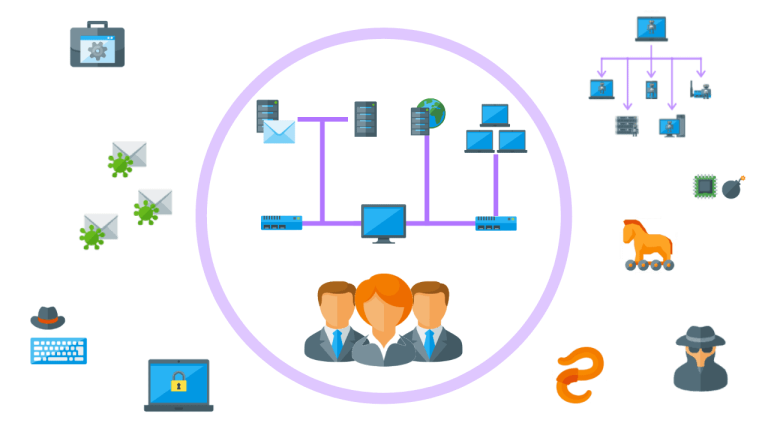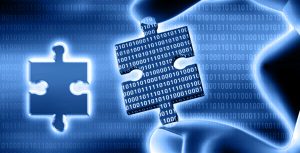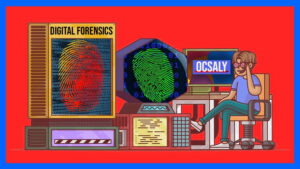In today’s digital age, cyber attacks are becoming increasingly common, and malware is one of the most commonly used tools for conducting automated computer attacks. Malware, short for malicious software, refers to a type of software that is specifically designed to disrupt, damage, or gain unauthorized access to a computer system. The use of malware in cyber attacks can lead to severe consequences, including data theft, system damage, and financial losses.
Digital forensics is a field of study that deals with the investigation and analysis of digital devices, networks, and data in the aftermath of a cyber attack. In the context of malware and automated computer attacks, digital forensics plays a crucial role in identifying the type of malware used, determining its source, and analyzing the attack vector. This information can then be used to prevent similar attacks in the future and prosecute those responsible for the attack.
One of the most significant challenges of investigating malware and automated computer attacks is the speed at which they can occur. Automated attacks can be initiated at any time, and the malware used can rapidly spread throughout a network, causing widespread damage within a matter of minutes. This makes it critical for digital forensics professionals to have the necessary tools and expertise to respond quickly and effectively to such attacks.
Digital forensics professionals use a variety of techniques to investigate malware and automated computer attacks. These techniques include memory analysis, malware analysis, network forensics, and file system analysis. Memory analysis involves examining the contents of a computer’s memory to identify the presence of malware or other malicious activity. Malware analysis involves examining the code of the malware to determine its purpose and functionality. Network forensics involves analyzing network traffic to identify the source of the attack and the path taken by the malware. File system analysis involves examining the contents of a computer’s file system to identify any files or directories that have been altered or deleted as a result of the attack.
Digital forensics professionals also use specialized tools and software to investigate malware and automated computer attacks. These tools include antivirus software, forensic analysis software, network analysis software, and memory analysis software. These tools can help digital forensics professionals to identify the type of malware used, the source of the attack, and the methods used by the attackers to penetrate the system.
In conclusion, malware and automated computer attacks pose a significant threat to organizations and individuals in today’s digital age. Digital forensics plays a crucial role in investigating such attacks and identifying the perpetrators. By using a combination of techniques and specialized tools, digital forensics professionals can quickly and effectively respond to malware and automated computer attacks, thereby preventing further damage and ensuring that those responsible are brought to justice.
Computer users who understand the value and necessity of antivirus software and security tools to minimize the likelihood of infections may not realize that they are still vulnerable to attacks from new code that has just been identified. Although that may seem like a relatively minor dilemma, consider that there were at least 431 million new pieces of malware identified in 2015, a 36 percent increase from the previous year (Symantec, 2016)! In addition, the behavior of malware can often be so subtle that an individual may not know that they have been affected.
Malicious software, or malware, is largely an umbrella term used to encapsulate the range of destructive programs that can be used to harm computer systems, gain access to sensitive information, or engage in different forms of cybercrime. Malware can serve a countless number of different functions, but are generally designed to automate attacks against systems and simplify the process of hacking overall. Various forms of malware have increased in complexity, in keeping with the evolution of technology over the past two decades (BitDefender, 2009; Symantec, 2016). Malware, however, exists in a nebulous legal space, as there are no specific laws against the creation of malicious software (Brenner, 2011). It is simply computer code, which writers will argue is necessary in order to better understand the limits of computer and network security. The use of these tools in or to access computers without permission from the system owner is, however, illegal. Thus, individuals who write malicious code may have minimal legal culpability for the way that others use their creations so long as they are not the ones utilizing it on networks without authorization (Brenner, 2011).









